Doctor Eats These 10 Foods Daily to Mimic Ozempic

Do you want to lose weight without taking Ozempic or another GLP-1 weight loss drug? There are foods you can eat to trigger the same hormones. Tess Thomas, DO, is a board-certified family Doctor with 20+ years of experience helping busy women reverse pre-diabetes, lose weight, and stop playing tug-of-war with their blood sugar. In a new social media post, she reveals the food she eats daily that "mimics" Ozempic. "You don't need a prescription to start regulating hunger, reducing cravings, and improving blood sugar…You just need foods that work with your body's natural GLP-1 hormone. These 10 are the real MVPs," she writes.
Avocados
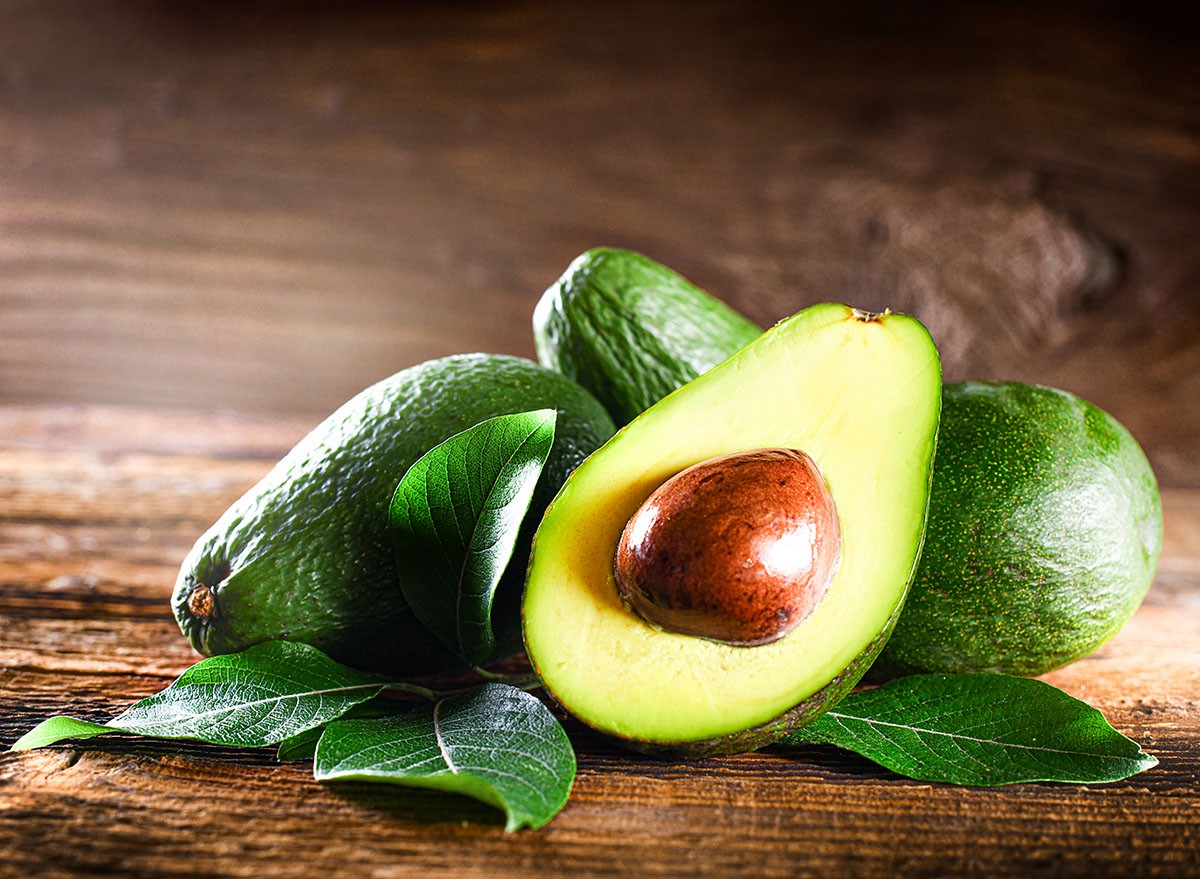
The first food she recommends is avocado. "Loaded with healthy fats that slow digestion, keep you full, and help prevent blood sugar spikes. Plus, they're packed with fiber!" she says.
Lentils
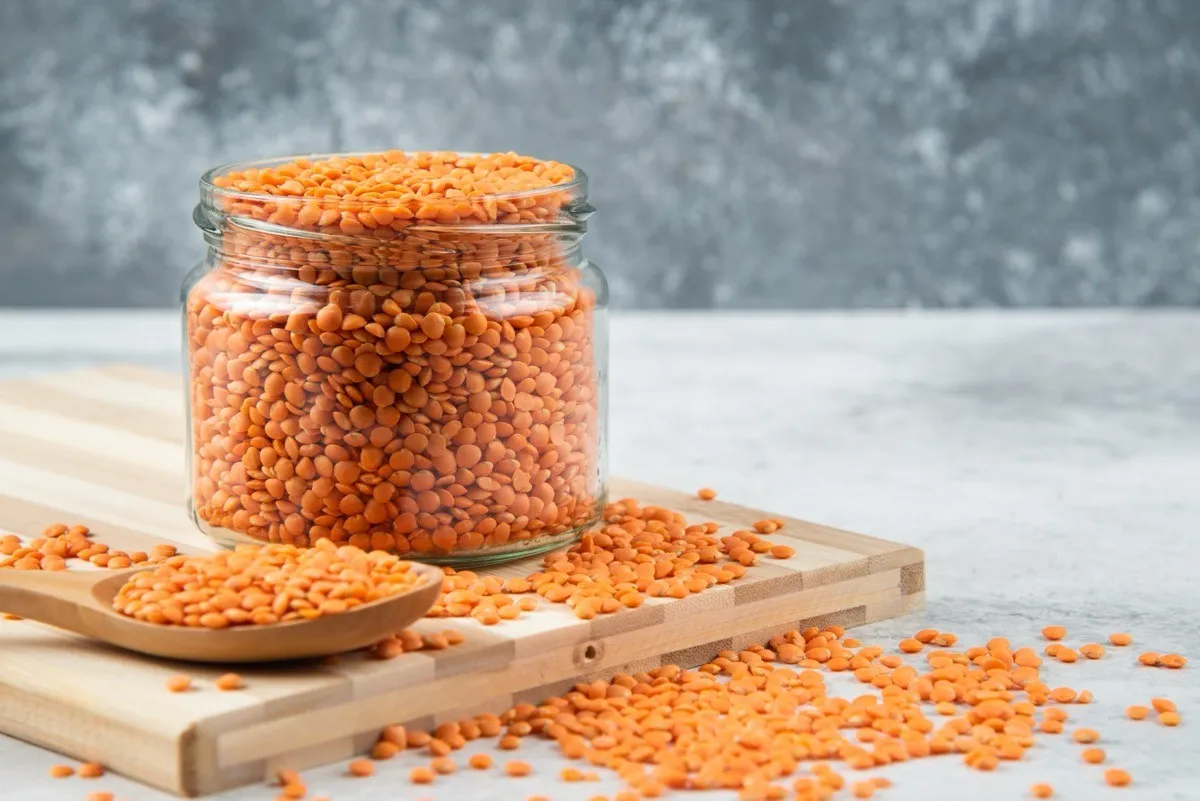
Next up, lentils. "A plant-based powerhouse. Full of fiber and protein, they help blunt blood sugar surges and keep you full for hours," she says.
Chia Seeds
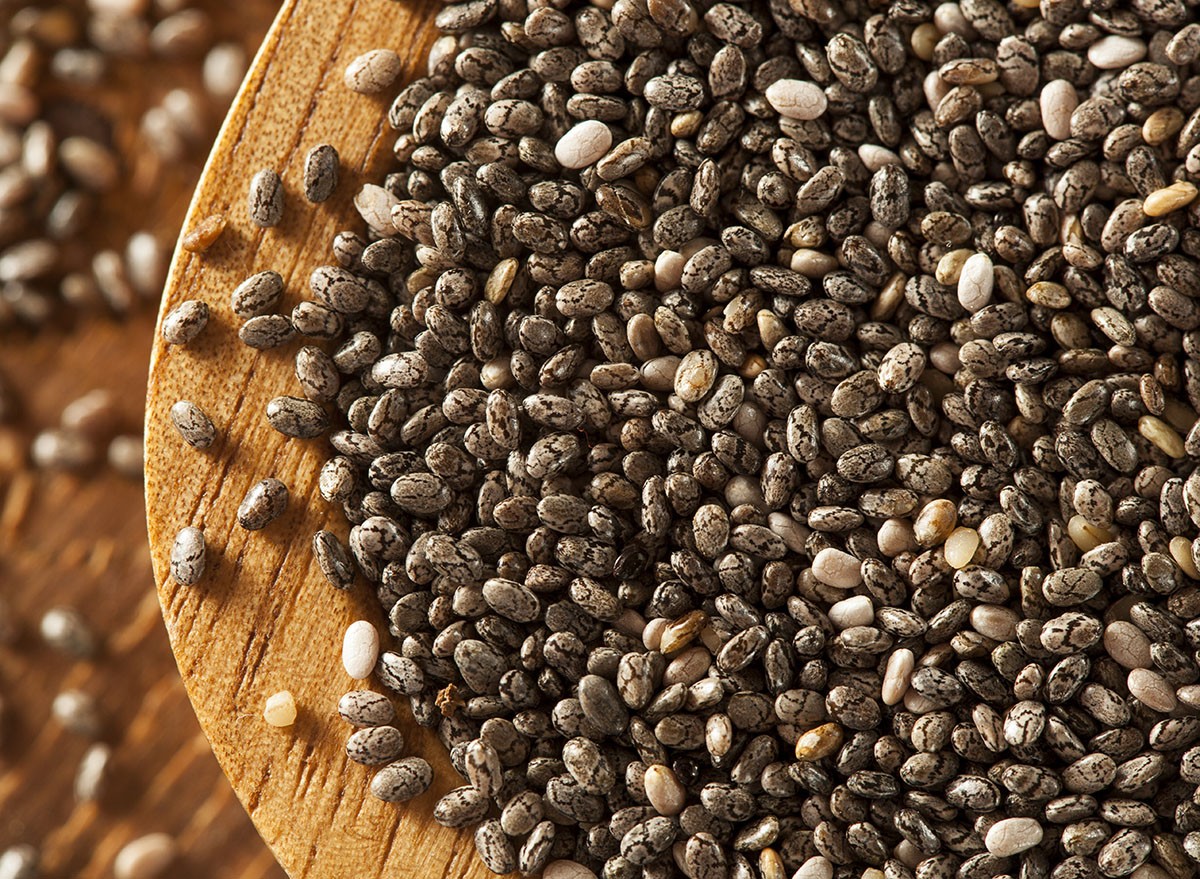
Chia seeds are another great weight loss food. "Absorb water and expand in your stomach, creating a gel that slows digestion and increases fullness — naturally reducing how much you eat," she says.
Eggs
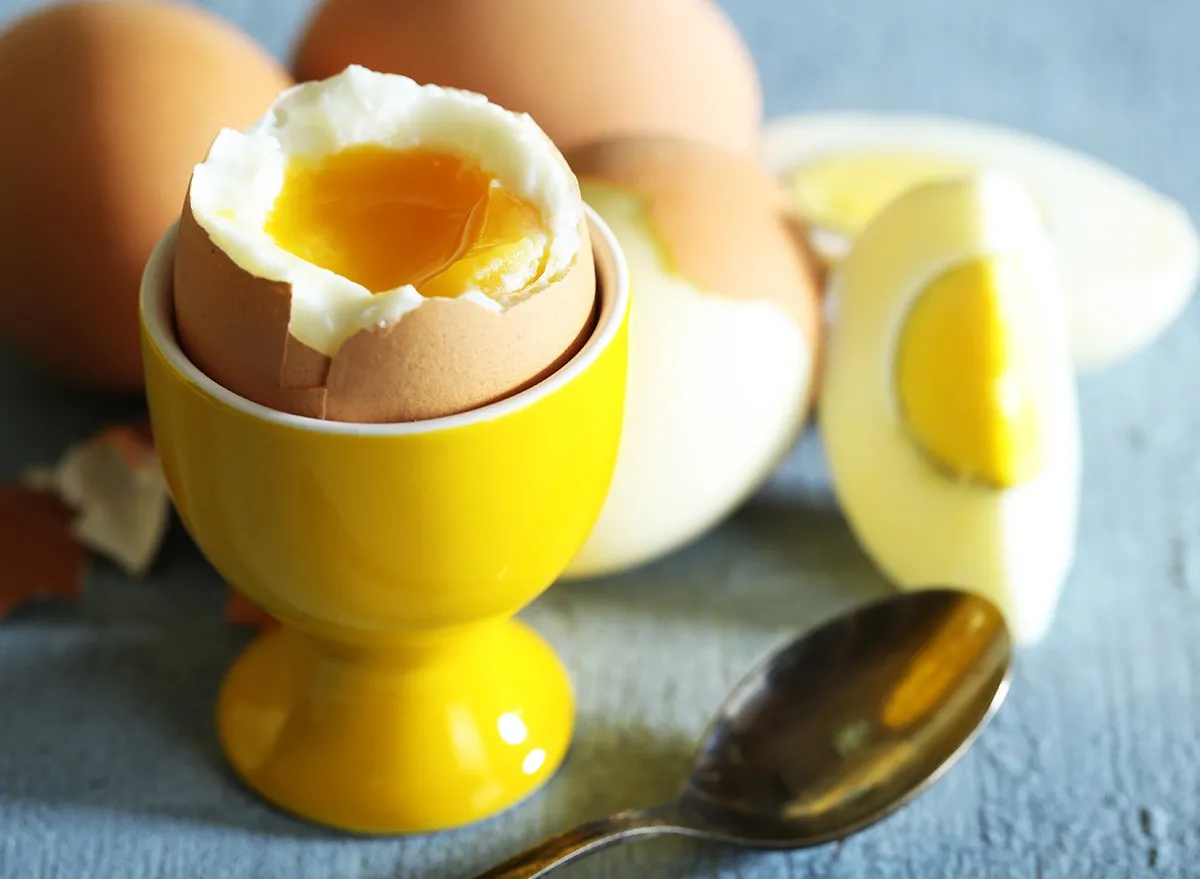
Eggs should also be on your shopping list. "High in protein and essential nutrients. Eggs help lower levels of ghrelin (your hunger hormone) and stabilize your appetite all morning long," she explains.
Farro or Quinoa
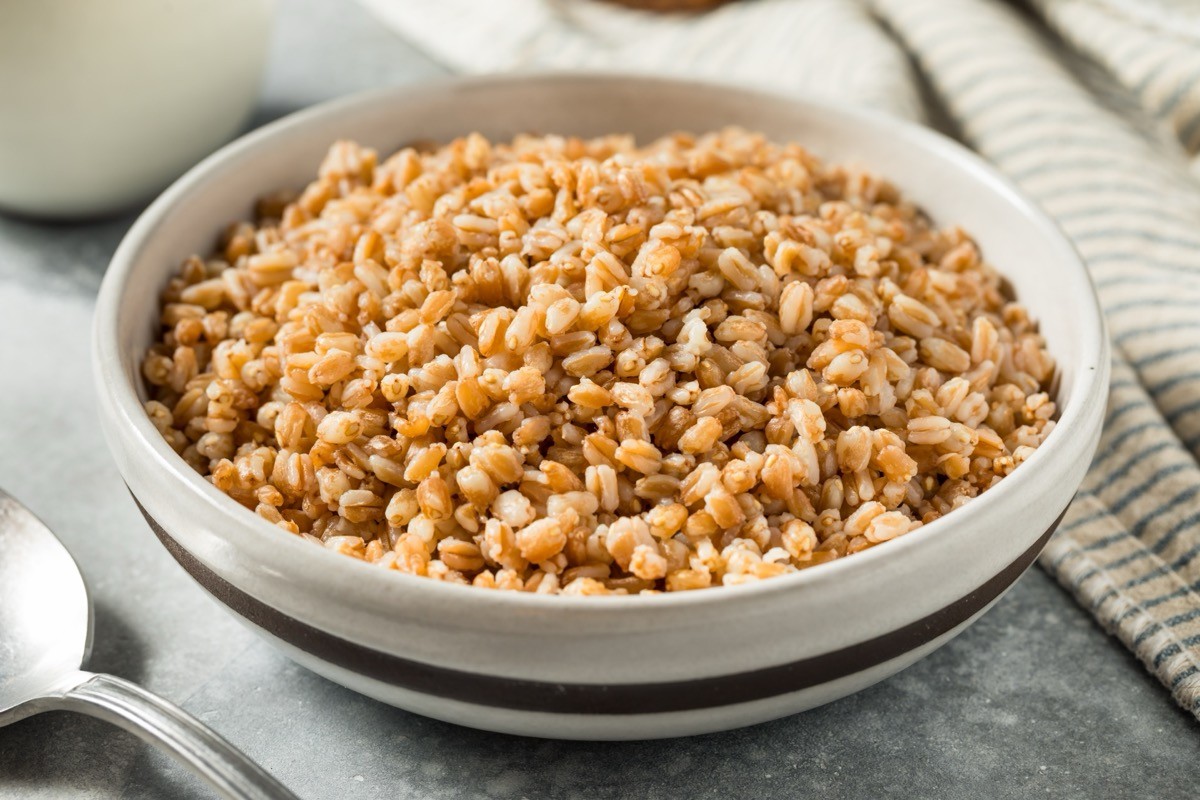
Both farro and quinoa are great for weight loss. "Unlike refined grains, these ancient grains are rich in fiber and protein — meaning fewer crashes and more steady energy," she says.
Kefir or Greek Yogurt
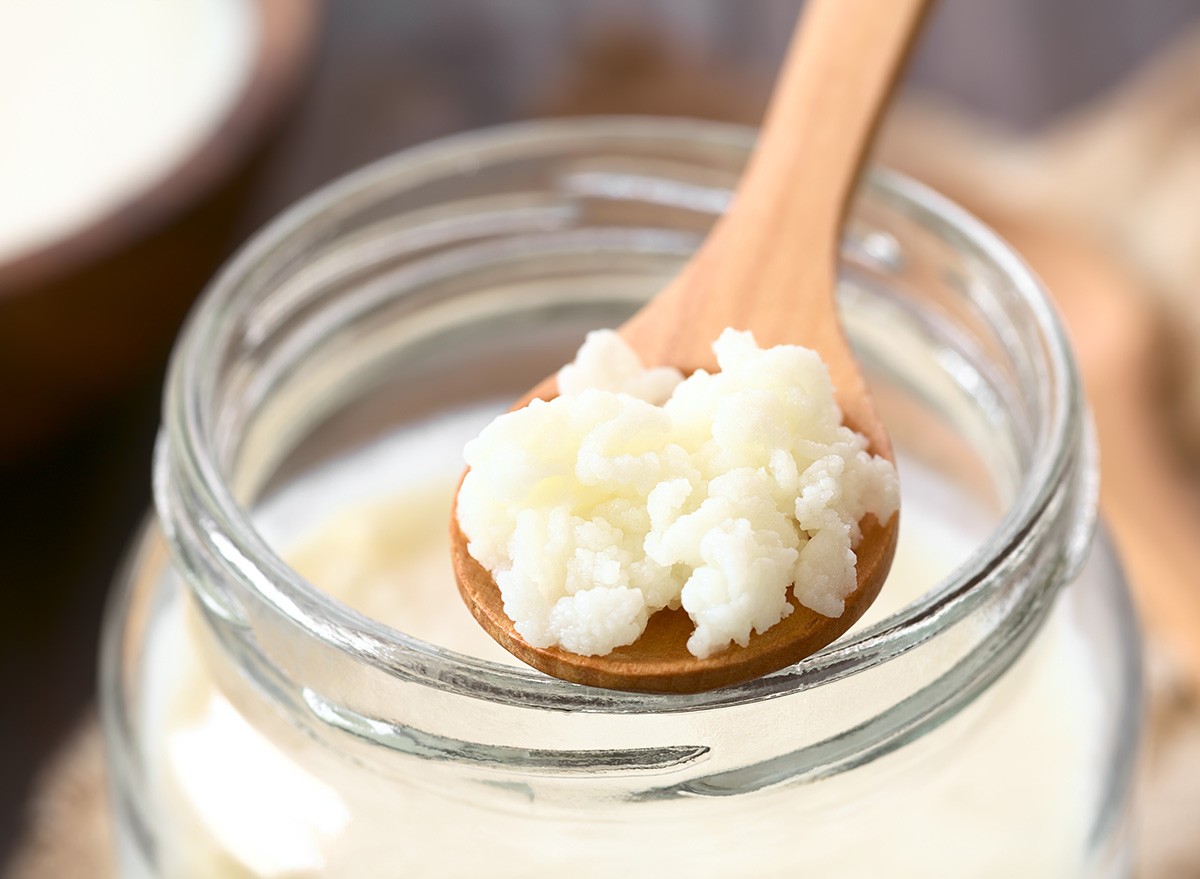
Don't sleep on kefir and Greek Yogurt. "Great for gut health, which is closely tied to blood sugar control. The protein content also helps regulate hunger hormones," she says.
Zucchini or Cauliflower
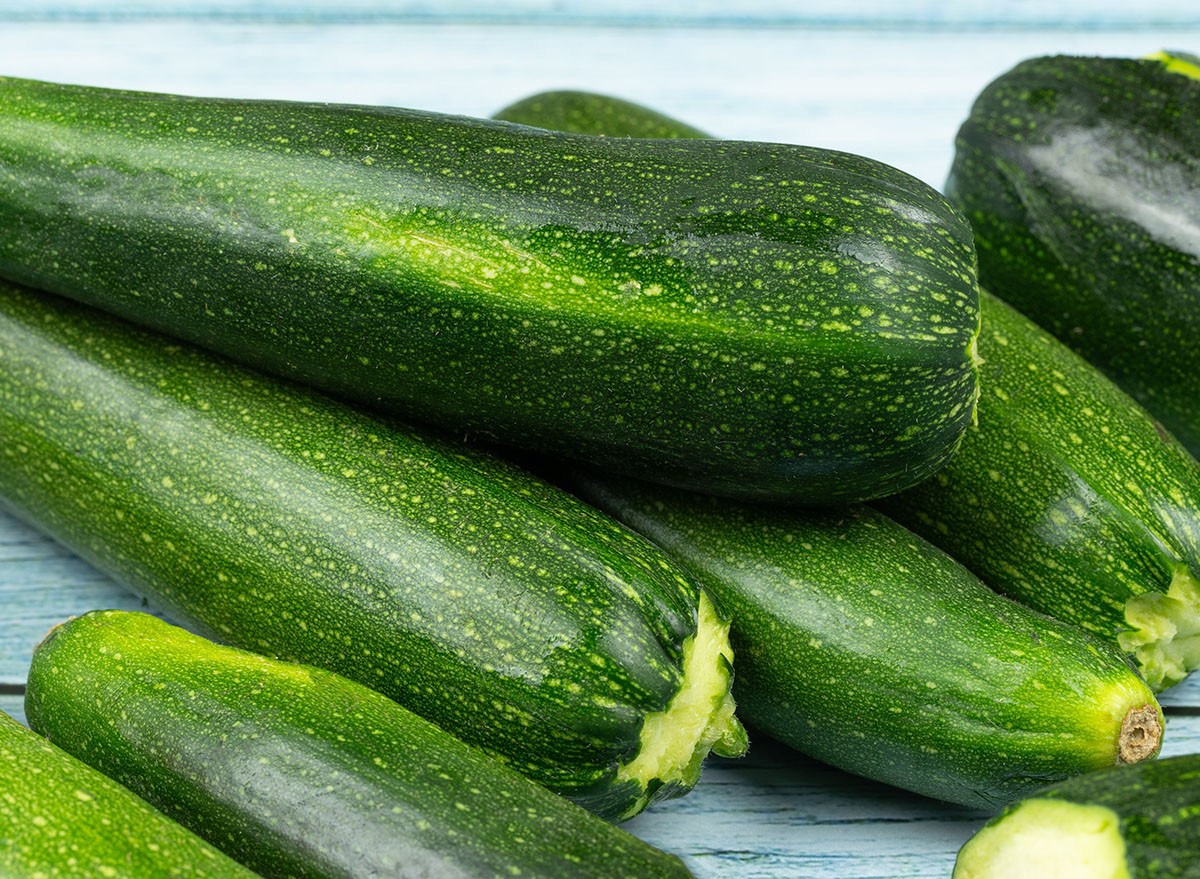
Add zucchini and cauliflower to your shopping list. "These low-calorie, high-volume veggies add bulk to meals without raising blood sugar — so you feel full on fewer calories," she says.
Rotisserie Chicken or Tofu
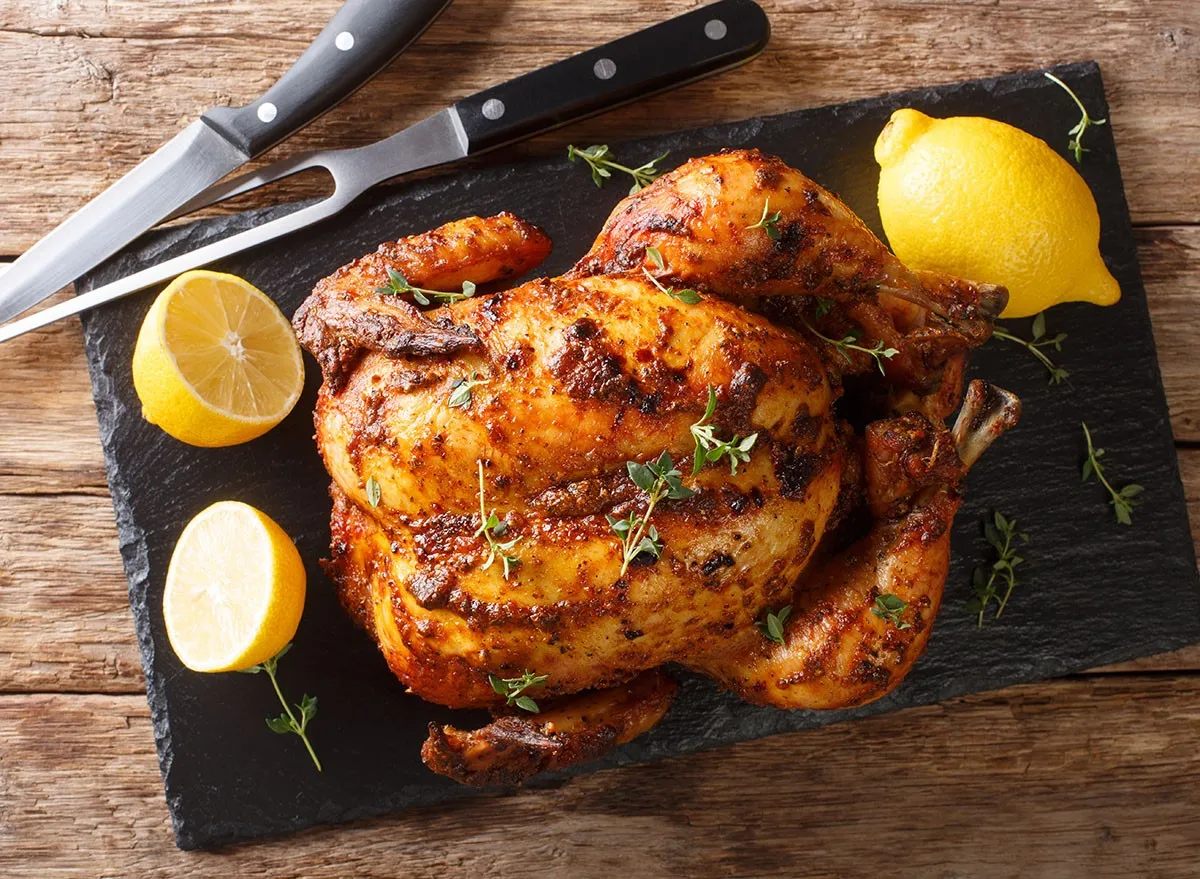
Two great protein sources? Rotisserie chicken or tofu. "Convenient, lean protein sources that help preserve muscle, increase satiety, and keep your metabolism humming," she says.
Sardines or Salmon
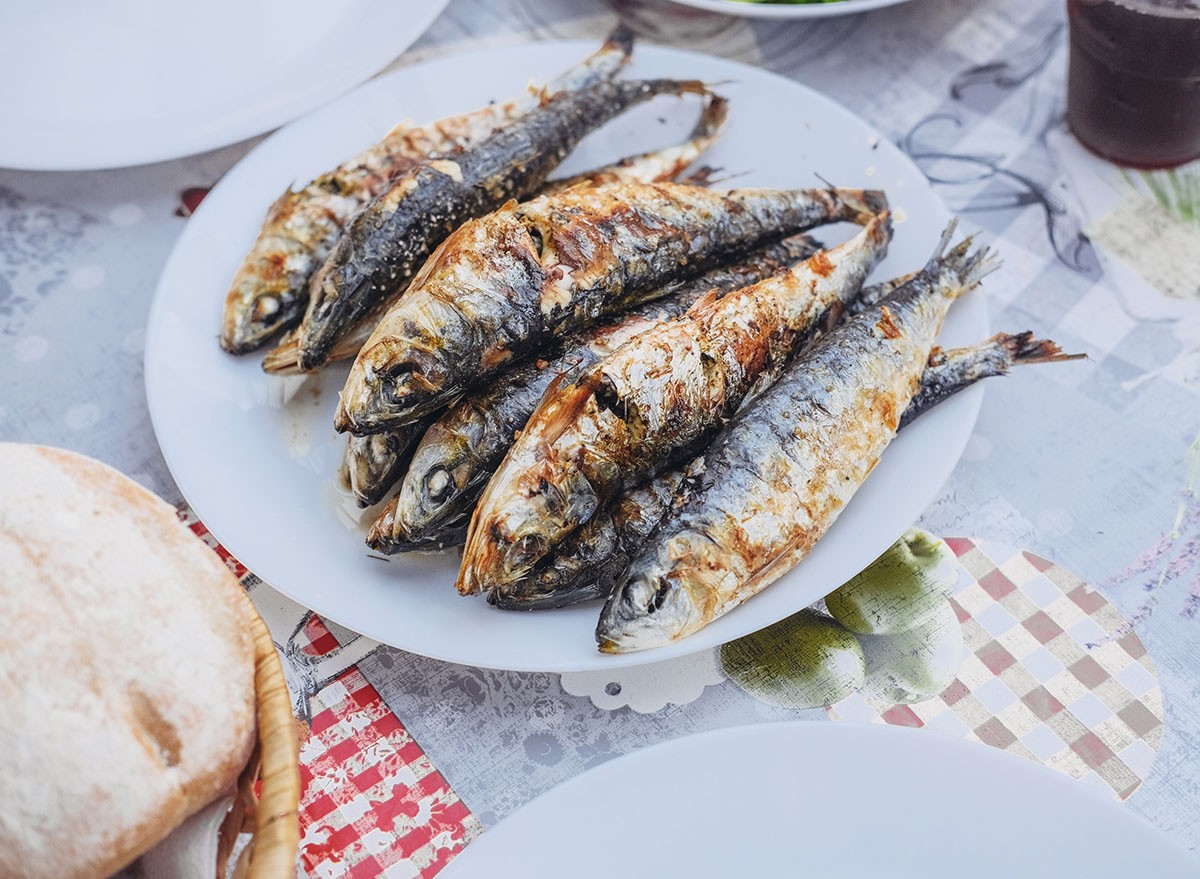
She also recommends sardines and salmon. "Rich in omega-3s and protein, they help reduce inflammation, improve insulin sensitivity, and regulate appetite."
Apples or Pears (with skin)
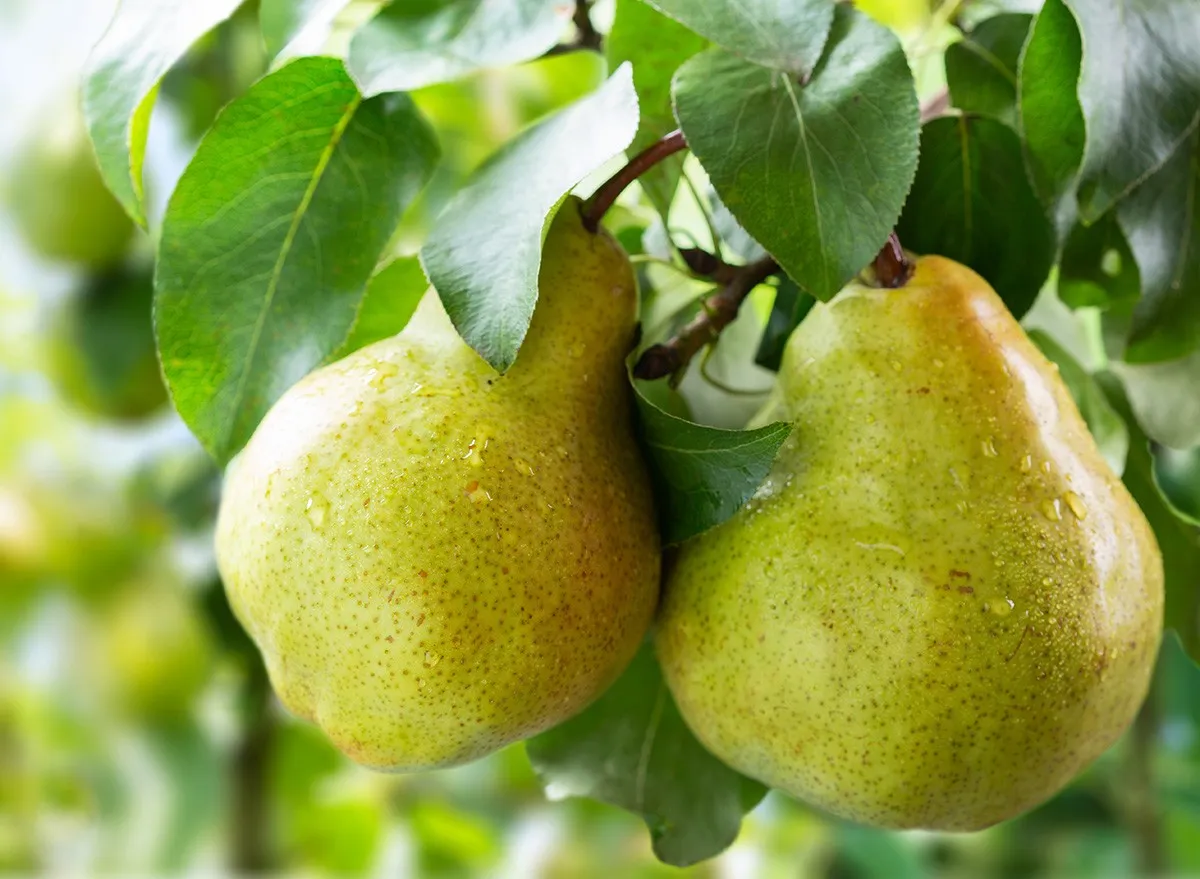
The last item on her list? Apples or pears. "Packed with fiber and antioxidants — they slow glucose absorption and support gut health and fullness," she says. And if you enjoyed this article, don't miss these 8 High-Protein Foods with Nearly Zero Calories That Melt Fat.




